Plants or Crops
All Plants or Crops Content
Windy and Divide Fires
General guide to all South Dakota landowners who may be affected by unplanned fire events.

April Ag Economic Dialogues Discusses Carbon Credit Contracts
April 08, 2022
SDSU Extension will host the next Ag Economic Dialogues webinar on April 15 at 10 a.m. CDT. The April webinar will cover how to evaluate carbon credit contracts.
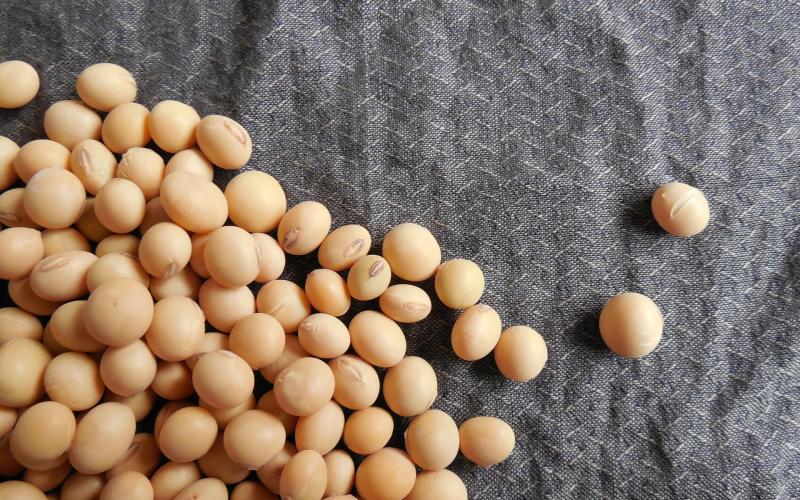
Want a Premium Price? Weed Control In NON-GMO Soybeans
Many emotions set in on farmers that hear the word “non-GMO”, but it could help them in times like today when prices are low for many farm products in South Dakota.
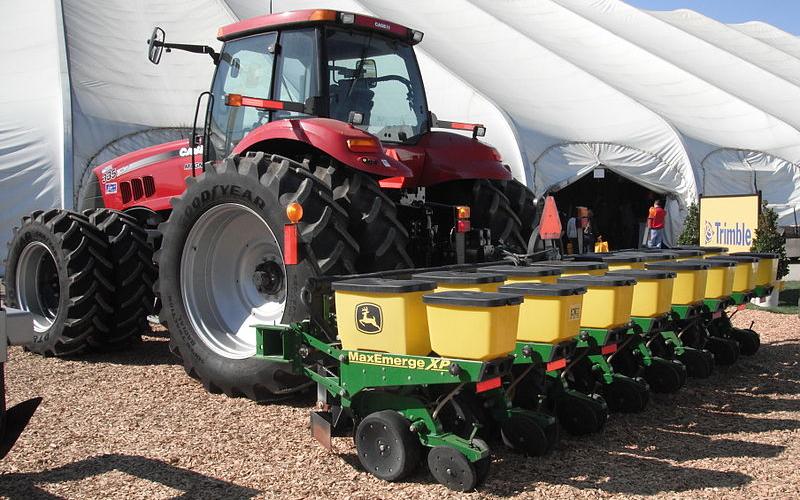
Why Precision Agriculture?
When precision agriculture comes into a conversation a few questions arise. Three of those questions might be: What is precision agriculture? How does precision agriculture make our farm more profitable? What do I do with all this data?

Organic Herbicides
Many gardeners across the state of South Dakota desire to have weed-free gardens, yards and flowerbeds. Many homeowners do not want to use inorganic herbicides due to their potential health effects.
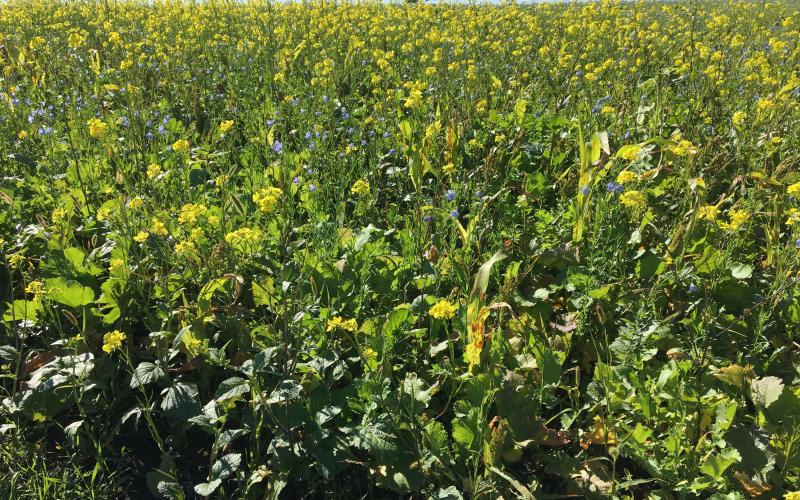
Herbicide Considerations for Cover Crop Planting in 2019
Long residual pre-emergent or early post-emergent herbicides may cause stand reduction or complete failure of cover crops. Depending on efficacy of the herbicide, each situation can both affect in-season and/or post-harvest cover crop establishment.
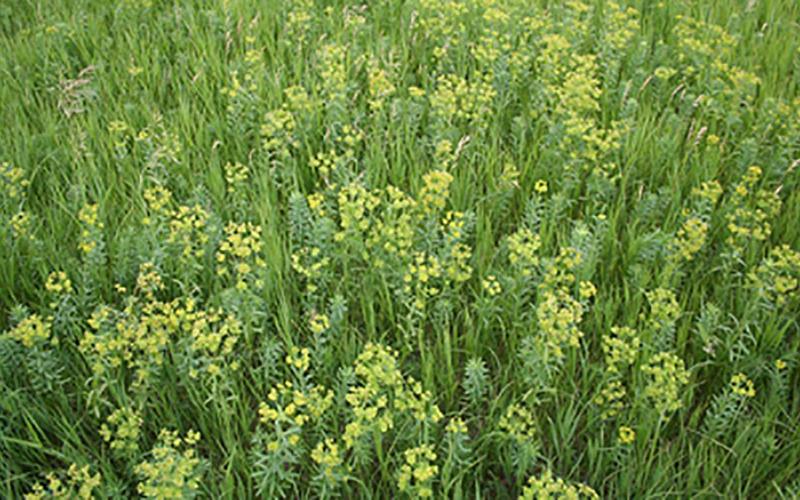
Spot Treatment Options for State Noxious Plants
When controlling grassland weeds, the mindset of row crop weed control may be put into practice too often. In most cases, broadcast control of weeds in grasslands is rarely necessary. Most often, spot treatment can be used more effectively to manage the noxious and invading weeds.
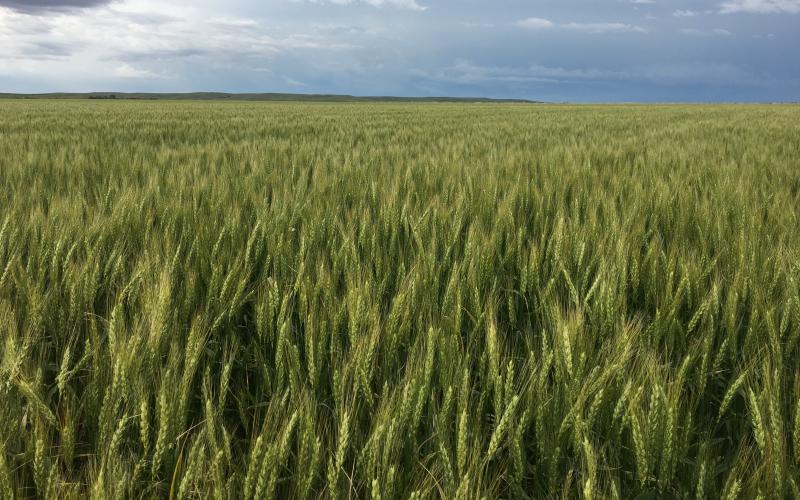
Small Grain Pre-Harvest Options
Consider pre-harvest herbicide applications in crop ground planted with small grains that are grown for seed or forage. Dense weed populations may inhibit harvest, therefore proper control of them early in the growing season is best.
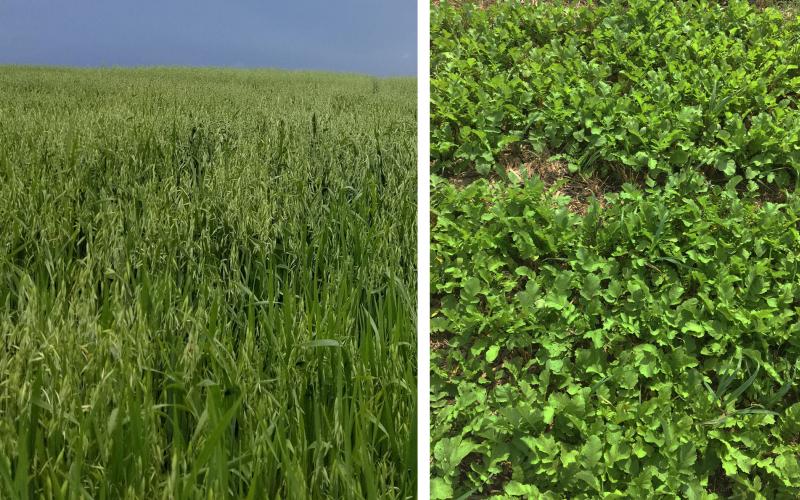
Herbicide Interactions With Cover Crops After Oats
After oats have been harvested, options exist to keep a living root in the soil. This can be done through growing cover crops. In 2018 an on-farm trial was preformed near Salem, South Dakota to observe how cover crops grown after oats would germinate after common herbicides had been applied.
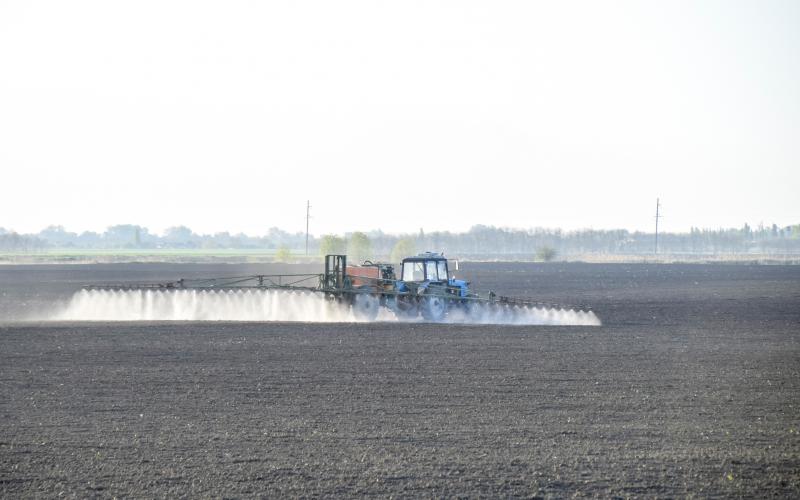
Herbicide Rotation Restrictions
This is a quick reference guide to common herbicides and their rotation restrictions for selected crops.